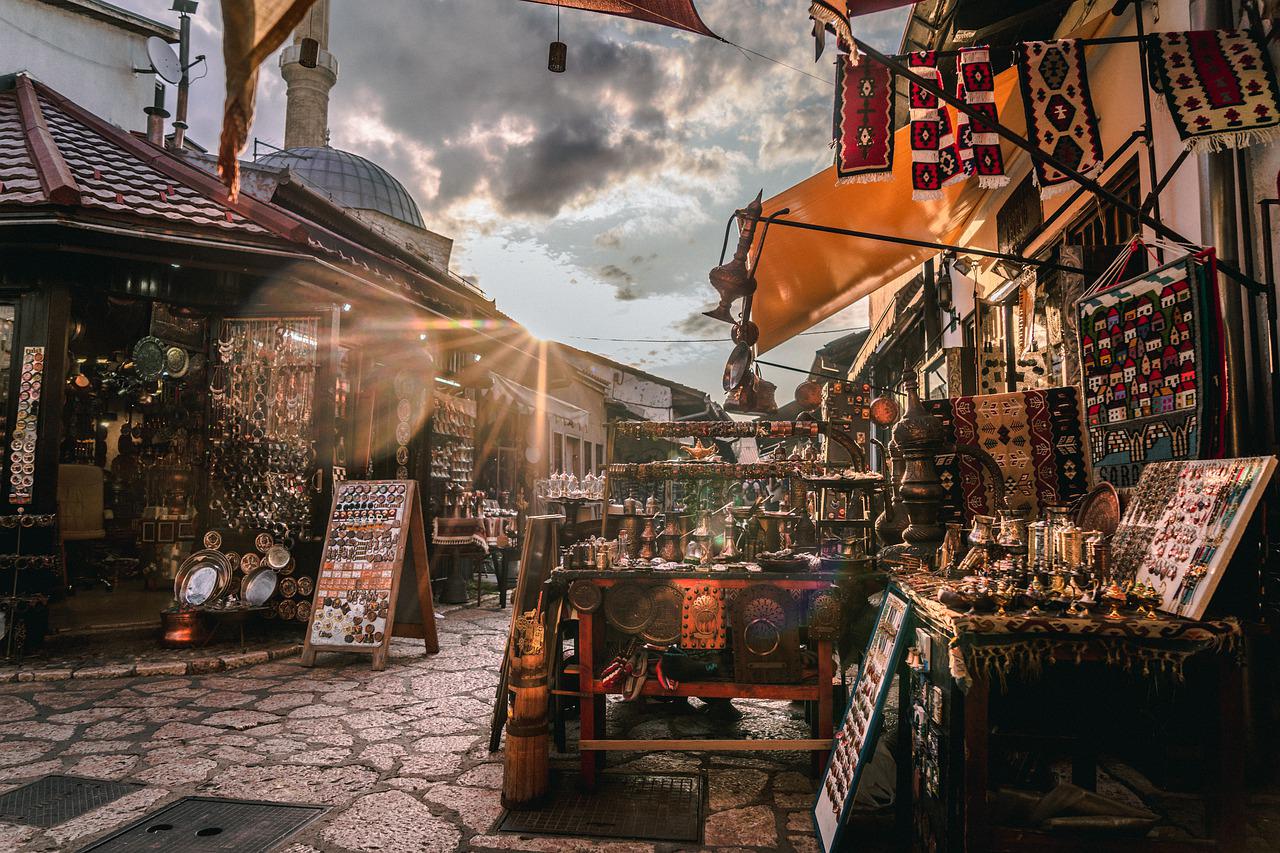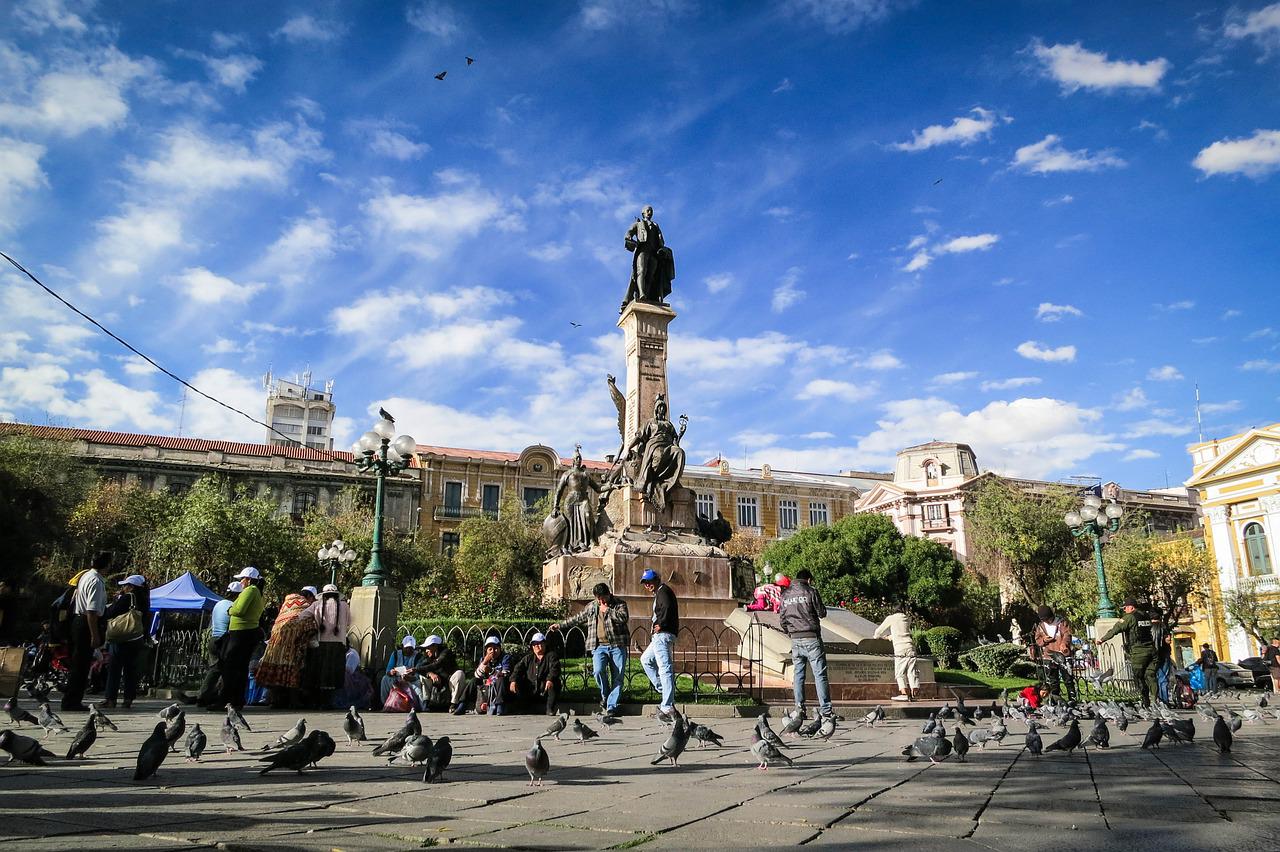Introducing Spain
Spain is really where my travel life started with memorable family holidays as a kid driving from the UK down through France along the route de Soleil and into northern Spain destined for the coastal resorts of Sa Tuna and Aigua Blava on the Costa Brava.
Back in the ’70s, I was a young boy in the back seat of the family car and I vividly recall, just after crossing the France/Spain border, the sight of a giant bull silhouette that greeted us as entered Spain. This I now understand was one of the many Osborne Bulls, which in those days advertised alcohol but today with the advertising banned, it is just a symbol of Spain. They are even protected under the law.
With its sunny climate and thousands of years of history, Spain is a dream travel destination for many. Its vast landscapes and mountain ranges attract those in search of adventure. The world-famous coastline brings in sun worshippers while majestic golf courses attract golfers from all over the world.
For city breaks, few countries in Europe have so many iconic destinations that ooze culture, art, and style as much as Spain.
If the mainland is not for you, then there are the legendary Spanish islands including the Balearic Islands of Majorca, Menorca, Ibiza and Formentera. The Canary Islands are a superb year-round destination and these include Tenerife, Gran Canaria, Lanzarote, Fuerteventura, La Palma, El Hierro, La Graciosa and La Gomera.
Key Information
| Continent | Europe |
| Capital | Madrid |
| Currency | Euro |
| Language | Spanish |
| Visa | FCO Advice |
| Vaccinations | Vaccination Advice |
| Tourist Office | Spanish Tourist Office |
Getting Around
One important point to remember is that all public transport in Spain is dramatically reduced on Sundays and public holidays
Spanish trains are efficient and comfortable, and nearly always run on time. The best way to travel long distances in Spain is to book the high-speed train or AVE which runs between many major cities. A train ride from Madrid to Barcelona or Seville covers about 500km in just 2hrs 40 minutes.
Buses will probably meet most of your transport needs, especially if you’re venturing away from the larger towns and cities. Many smaller villages and rural areas are only accessible by bus, almost always originating in the capital of their province.
Spain has an extensive system of highways, both free and with tolls and driving is easy and enjoyable. Car Rental is available at airports, train stations, and in major cities at prices reasonable.
Bike rental is popular in major cities and rental is common. Outside towns and cities, cycling is a great way to see parts of the country although bear in mind that Spain is one of the most mountainous countries in Europe and at times can be searingly hot.
Anyone heading from the Spanish mainland to the Balearic Islands will probably do so by ferry or catamaran express ferry (from Alicante, Barcelona, Dénia or Valencia. There is also an extensive network of internal Spanish flights. From the UK there are of course many regional options for mainland Spain as well as the Balearic and Canary Islands.
Top 20 Things To See & Do In Spain
- Visit the historic Alhambra palace and fortress complex in Granada, known for its stunning Moorish architecture and gardens.
- Explore the vibrant streets of Barcelona, home to iconic landmarks like the Sagrada Familia, Park Güell, and La Rambla.
- Relax on the beautiful beaches of the Balearic Islands, including Mallorca, Ibiza, and Menorca, known for their crystal-clear waters and lively atmosphere.
- Wander through the medieval streets of Toledo, a UNESCO World Heritage site famous for its multicultural heritage and historic landmarks.
- Experience the fiery passion of flamenco dancing in Seville, the capital of Andalusia, and visit the ornate Alcázar palace.
- Discover the ancient city of Córdoba, home to the magnificent Mosque-Cathedral, a stunning example of Moorish architecture.
- Take a culinary tour of San Sebastián, known for its world-class cuisine and pintxos bars serving delicious Basque tapas.
- Hike the Camino de Santiago, a historic pilgrimage route that crosses northern Spain and culminates at the Cathedral of Santiago de Compostela.
- Explore the surreal architecture of Antoni Gaudí in Barcelona, including the Casa Batlló and Casa Milà.
- Marvel at the stunning architecture of the Guggenheim Museum in Bilbao, designed by Frank Gehry and housing a world-class collection of contemporary art.
- Sample authentic paella in Valencia, the birthplace of this iconic Spanish dish, and explore the City of Arts and Sciences.
- Discover the rich history of Madrid, Spain’s capital city, with visits to the Royal Palace, Prado Museum, and Retiro Park.
- Relax on the sun-drenched beaches of the Costa del Sol, including popular destinations like Marbella and Malaga.
- Explore the ancient Roman ruins of Tarragona, including an amphitheatre overlooking the Mediterranean Sea.
- Visit the stunning Alcazar of Segovia, a medieval fortress that inspired the design of the Disney castle.
- Experience the vibrant culture of Andalusia in the charming city of Málaga, the birthplace of Pablo Picasso.
- Discover the UNESCO-listed city of Cuenca, known for its dramatic cliffside houses and hanging houses.
- Take a tour of Northern Spain including the regions of the Basque Country, Galicia, Asturias and Cantabria visiting towns such as La Coruna, Santander, Zarautz & Getaria, Gaztelugatxe and the Picos de Europa Mountain Range.
- Explore the charming hillside villages of the White Towns of Andalusia, known for their whitewashed buildings and stunning views.
- Visit the seven Canary Islands of Tenerife, Fuerteventura, Gran Canaria, Lanzarote, La Palma, La Gomera, and El Hierro.
Pre-bookable Excursions in Spain
More Information
Contact the Spanish Tourist Office or your local travel agent for more information on holidays to Spain.












